Painting The Landscape: Regina B. Quinn & Cherie Mittenthal
Cherie Mittenthal, Rising Tide (detail), 12” x 12”, encaustic on panel
We continue our series on "Painting the Landscape" in conversation with artists Regina B. Quinn and Cherie Mittenthal. Their paintings share a common appreciation and close observation of the landscape they reside in. They capture the seasonal changes, weather changes, and events that shape land over time.
A reference to the horizon line is usually present, although often abstracted. Regina's paintings tend to focus directly on the spectacle of nature and her surroundings, while Cherie occasionally brings signs of human influence into the lens of the viewer: a portion of a dock, a boat at sea, or an aging beach hut.
Regina B. Quinn, Wetland at Dusk, 11” x 14”, encaustic and oil over watercolor on panel
What connects you to painting your surroundings?
As a longtime resident of the northern mountains, my work is rooted in my sense of awe and deep connection to the natural world and all of its continual change, combined with my sense of stewardship for the fragile balance that allows life to exist and thrive on this planet.
As much time as I spend in my studio, I spend even more outdoors - walking and observing, studying the land, the vegetation, the light, the birds and other wildlife, the impact of past human activity, and all of the changes that occur across each day, each season.
How is your work a response to the change in landscape, change in seasonal color, and weather?
My paintings frequently feature the northern landscape at the edges of the day, although they rarely are based on any specific location; rather, they are syntheses of my experiences, feelings, and observations. While abstracted landscapes are, on one level, the theme of my paintings, I think of them more as an invitation to viewers to stay connected to the natural world and thus, to one another.
During the COVID-19 pandemic, I have had the opportunity to work from home. Fortunate to live in a remote location, I walk through our fields and forest several times daily. Even within a single day, there is a shift in the textures, sounds, sights, smells, and feeling of the landscape—sometimes subtle, sometimes dramatic—but always evocative.
What do the qualities and characteristics of encaustic and Pigment Stick provide in your interpretation of the landscape?
About 8 years ago, I was drawn to encaustic by its luminosity and subtlety, and once I started using R&F paints, I knew that encaustic was my medium—one that could give voice to my aesthetic, my sensibility, and my quiet personality.
I haven’t looked back.
I work almost exclusively with R&F encaustic and Pigment Sticks and recently began using those media over watercolor. Beginning with watercolors on gessoed panels, I build opaque and transparent encaustic layers, carving and scratching into them with blades and knives creating depth and texture. Next, I apply oils mixed with beeswax, enhancing texture and luminosity. Layering, carving, scraping, and incising allow earlier layers to emerge, much the way geological and weathering processes obscure and expose, and as visual memories come into focus even as they fade away.
Cherie Mittenthal, Storm Cloud, 19” x 19”, encaustic on panel
CHERIE MITTENTHAL
What attracts you to painting the landscape, and the landscape you live in, in particular?
Strangely, I don’t consider myself a landscape painter, though the landscape makes it into most of my paintings. I’m fortunate to live in one of the most beautiful places. So my work is completely influenced by the changing light, the horizon line, the color, the grays, the storms, the boats, the flowers, I feel like I sometimes live in a painting.
How do you work through the challenges of the materials you work with?
I don’t find it challenging working in encaustic, I love it. I love that it dries right off the brush. I love that it goes from solid to liquid and solid again. I love that it can be transparent or opaque. I love that you can transfer images onto it or imbed a photo beneath it. I also work with R&F Pigment Sticks, graphite, and marble dust. I do sometimes work from drawings while out in the field but have always brought those thoughts/drawings back into my studio. I work in series and have multiple pieces going on at the same time.
Do you wish to depict true-to-life renderings of the landscape you are painting, or do you bring some additional concept, feeling, or idea into the work?
I don’t necessarily want to capture true-to-life imagery in my work. I want the viewer to have more of a feeling, or can sense the place. I want the viewer to do some work in seeing what they see. The colors I’m drawn to, the living by the water, the changing of the sky, flowers, and my dogs all influence my work in a pretty significant way. When I want a more realistic feel in my work, I like to draw on Duralar or tracing paper and attach it onto the painting so you can see through it, sometimes not sure if it is below or above the surface.
During the craziest year ever of a pandemic and a dark time in our country, I find I have a longing for making beautiful things and have felt so fortunate to be able to have a studio space to work and get lost in.



